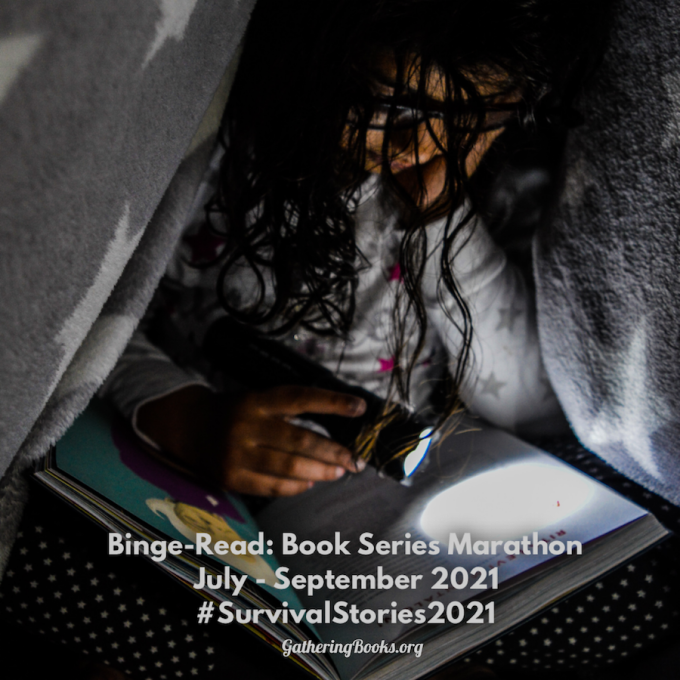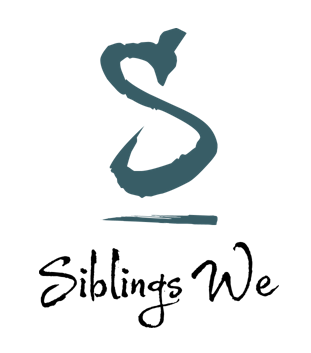Myra here.
We are delighted to dedicate our Wednesdays to featuring nonfiction titles, as per usual. We would also be linking our nonfiction choices with our reading themes throughout the year, when we can.

Our reading theme for July-September is Binge-Read: Book Series Marathon. We are expanding the range of this theme to include books that fit the following deliberately-nebulous criteria:
- Books that are part of an ongoing series
- Themed stories: books that are technically not part of a series, but fit a specific theme – e.g. intergenerational stories, nature-themed stories
- Short story collections
- Narratives of a similar genre
- Stories written by same author
Over the past weeks, I have been sharing stories of mathematicians and scientists who are people of color. Today, I am happy to introduce Dr. Carlos Montezuma who survived genocide as a young boy and became a physician and Native American hero.

A Boy Named Beckoning (Amazon | Book Depository)
Adapted and Illustrated by Gina Capaldi
Published by Carolrhoda Books (2008)
ISBN: 9780822576440 (ISBN10: 0822576449). Literary Awards: NCTE Orbis Pictus Award Nominee (2009), Spur Award Nominee, Best Western Juvenile Nonfiction (2009) Borrowed via Overdrive. Book photos taken by me.
Wassaja (a word that means “Beckoning”) was born sometime in 1866, a very violent period in the history of the United States of America, and keenly felt by Native Americans who were dispossessed of their land and livelihood, their culture and heritage.

Wassaja’s people, the Yavapai, were among those whose settlements were burned and pillaged. Wassaja was taken captive but was eventually adopted and rescued from slavery by an Italian photographer, a Mr. Carlo Gentile, someone who felt like an outsider himself in America. Mr. Gentile treated Beckoning or Carlos Montezuma (as christened by his adoptive father) as his own son and provided him the opportunities he needed to succeed in life.

I really appreciated how the narrative had sidebars similar to what you can see in the image above, juxtaposing actual photographs of Carlo Gentile, the Italian photographer who adopted Beckoning; and a Pima captor who was among those who profited from children like Wassaja, selling Native children who are left without families and homes as slaves.

Beckoning was only fourteen when he was admitted to university, graduated from college at the age of 17, and a year later attended the Chicago Medical College at Northwestern University. During the late 1800s, this kind of accomplishment is virtually unheard of, let alone from someone who lost his entire family and nearly sold off into slavery.
In the very detailed Afterword by the author, he quoted from Dr. Carlos Montezuma who stated:
What can I get? is a fatal question for a man… the true query of a man, even one who would get much is, ‘what can I give.’
I found this to be a powerful narrative that demonstrates a human’s capacity to overcome, the role played by luck and chance, and how human beings can transform themselves with the opportunities afforded them.
September 15, 2021 at 06:30AM Myra Garces-Bacsal


